Late last week, authorities confirmed a second wave of COVID-19 cases in Beijing. Here’s what you need to know about the local outbreak.
1. The new outbreak has been linked to a wholesale food market
After 56 consecutive days without any new cases, Beijing officials announced two new COVID-19 infections in Fengtai district on Thursday, June 11. The first case was a 52-year-old man who had not traveled outside the city for more than two weeks.
Over the weekend that number ballooned, with officials tracing the new cluster of locally transmitted infections to the Xinfadi agricultural products wholesale market. The first patient to test positive had visited the market’s seafood and meat section on June 3.
The large wholesale market, which sells fruits, vegetables and meat, was ordered to close on Saturday, June 13. The market was shut in order to probe risks for contamination and infection. The market will also be cleaned and disinfected.
State-run newspaper China Daily reports that a large number of newly confirmed patients work at or had visited Xinfadi. The remaining cases had direct or indirect exposure to the market.
2. More than 50 new cases have been confirmed
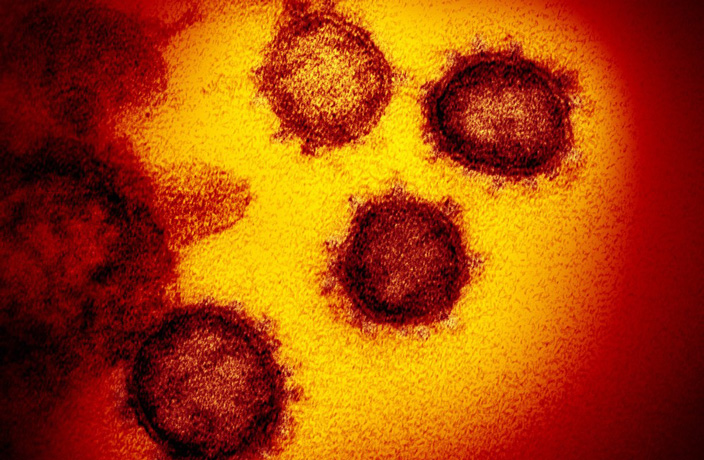
Image via NIAID-RML
As of Monday, municipal authorities have confirmed 59 new cases of the novel coronavirus in the capital, according to China Daily.
Over the weekend, 76,499 people were administered a nucleic acid test, with 394 being traced as having close contact with confirmed patients as of Sunday afternoon. Of those, 111 will be placed into group quarantine. The remaining people are currently in home isolation and will eventually be transferred to a more centralized quarantine.
A majority of the new cases have been detected in Fengtai district, with at least 37 detected there alone as of Sunday afternoon. Additional infections have been confirmed in Xicheng, Fangshan, Daxing, Haidian and Chaoyang.
Nearly all newly confirmed patients are mild or moderately ill, while one patient is said to be in severe condition.
Employees of the market and nearby residents will be required to take a nucleic acid test and be put under medical observation. People who have had close contact with Xinfadi market personnel since May 30 are encouraged to undergo testing. The city will set up 24 testing stations in the neighborhood and plans to test up to 46,000 nearby residents.
A spokesperson for the Beijing Health Commission said in a press conference that the city currently has 98 testing outlets and can conduct up to 90,000 tests in a single day.
Patients who visit hospitals and have a fever will now be required to take both a nucleic acid and antibody test, as well as CT scan and blood test. Contract tracing efforts will also be boosted for patients with symptoms of fever.
Want to get tested? Scan the QR code below for a list of designated fever clinics in Beijing:
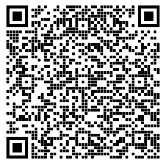
3. The city has imposed a partial lockdown due to the new infections
In response to the new wave of infections, municipal authorities have bumped up the emergency response in Fengtai district to Level 2. This comes just weeks after the capital’s lockdown measures were finally loosened up.
READ MORE: Hooray! Beijing Finally Downgrades COVID-19 Lockdown Measures
At least 11 residential areas close to the market have now been closed off to nonresidents, with no one allowed to leave or enter these communities. Volunteers are being dispatched to these neighborhoods to conduct temperature checks, monitor health QR codes and more.
Just weeks after schools across the city finally reopened, several preschools and kindergartens near the market are now being shut down again to stop the virus’ spread.
Additionally, local government officials have urged 252 markets around the city to undergo daily disinfection measures. Five trade fairs have also been suspended.
In the tourism and entertainment sectors, interprovincial tour groups have been canceled, while tourist attractions such as Lama Temple have been temporarily closed. Some sports competitions have also been canceled.
Meanwhile, neighboring Tianjin and Hebei province have begun requiring comprehensive screenings of visitors coming from Beijing.
4. It’s unlikely the virus came directly from imported salmon

Image via Pexels
Reports emerged over the weekend that the virus could be detected on salmon cutting boards at Xinfadi. However, experts told China Daily it’s extremely unlikely that imported salmon could be a carrier of the virus, despite what early rumors had suggested.
In a statement released on Sunday, CDC chief epidemiologist Wu Zunyou suggested two possible explanations. Via China Daily:
The first may be the influx of meat and seafood to the market from all over the country and around the world. Some of it may have been contaminated by workers during processing and transportation, then the virus jumped from produce to people.
The second possibility is person-to-person transmission. “The infected person who brought the virus into the market might be asymptomatic or have very mild symptoms, and the hustle and bustle of the market led to the cluster of new infections,” [Wu] said.
Meanwhile, a study last month from the University College London concluded that the virus can infect mammals, but not fish, birds or reptiles.
5. The new virus outbreak appears to be a mutated strain from Europe
Preliminary analysis indicates the latest outbreak comes from a virus strain different from that first detected in Wuhan at the end of 2019. Researchers from the Chinese Center for Disease Control and Prevention said that early data suggests this newer strain may come from Europe, according to China Daily.
However, more testing needs to be conducted before researchers can confirm the origin.
READ MORE: COVID-19 Case on Very First German-Chartered Flight to China
6. A citywide lockdown is not necessary... yet
So far, authorities appear to be confident that the virus can be contained in Fengtai district, and that mass testing is not yet required for the capital’s 20 million residents.
Zeng Guang, a senior researcher at the Chinese Center for Disease Control and Prevention, told China Daily that for now, only expanded testing is required for residential compounds and restaurants linked to Xinfadi market.
READ MORE: Beijing Scraps Mask Rules in ‘Safe’ Public Areas
7. Grocery store supply chains are probably safe... for now
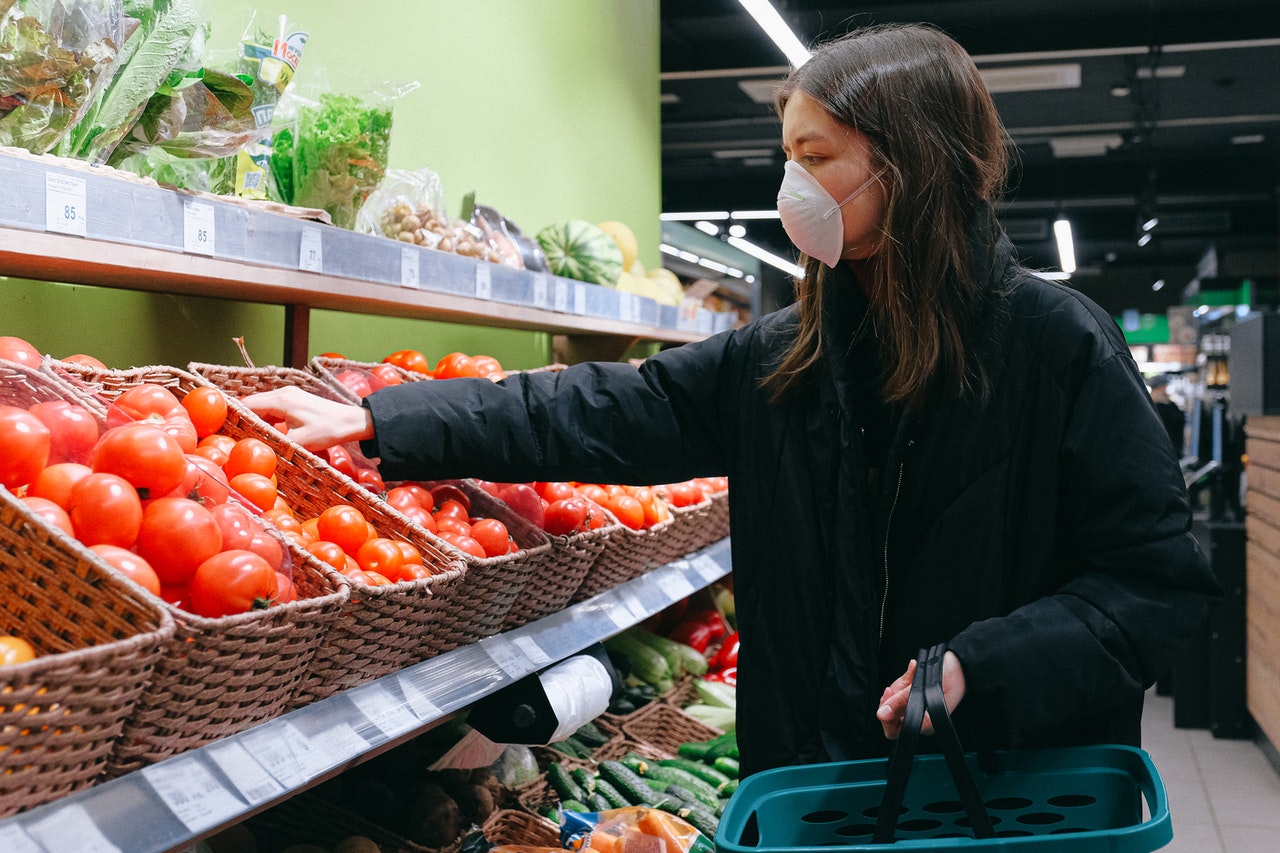
Image via Pexels
Despite the temporary closure of Xinfadi market, local grocery store supply chains likely won’t be too impacted by the new outbreak.
According to Xinhua, local supermarket chain Chaoshifa is ensuring sufficient stock in its stores by supplying from production bases around the capital. Meanwhile, cities around neighboring Hebei province plan to increase food supplies to Beijing.
[Cover image via NIAID-RML]





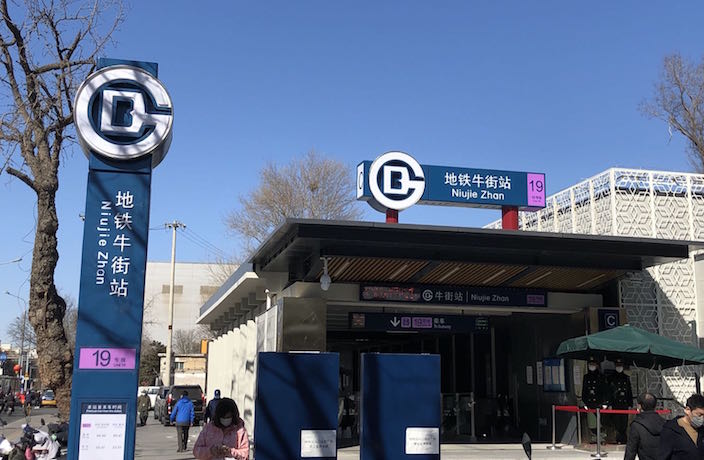
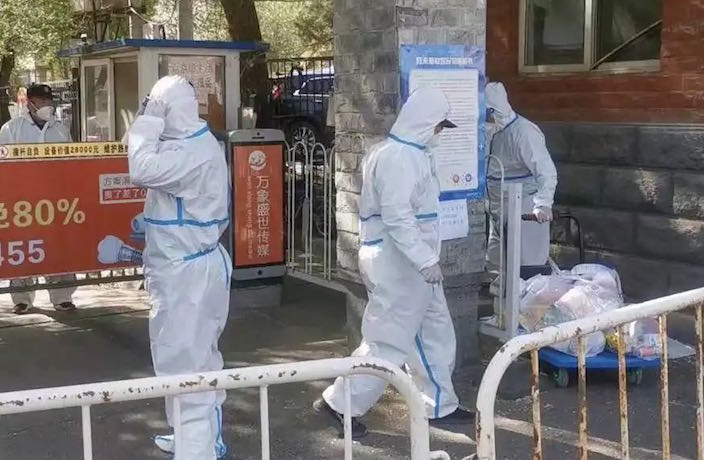
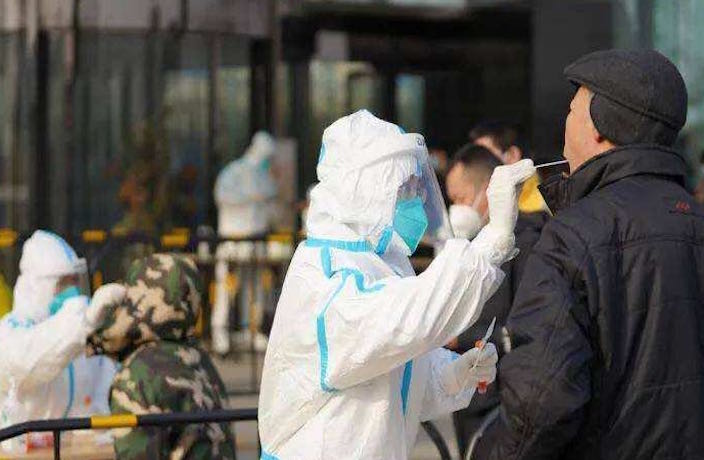











0 User Comments